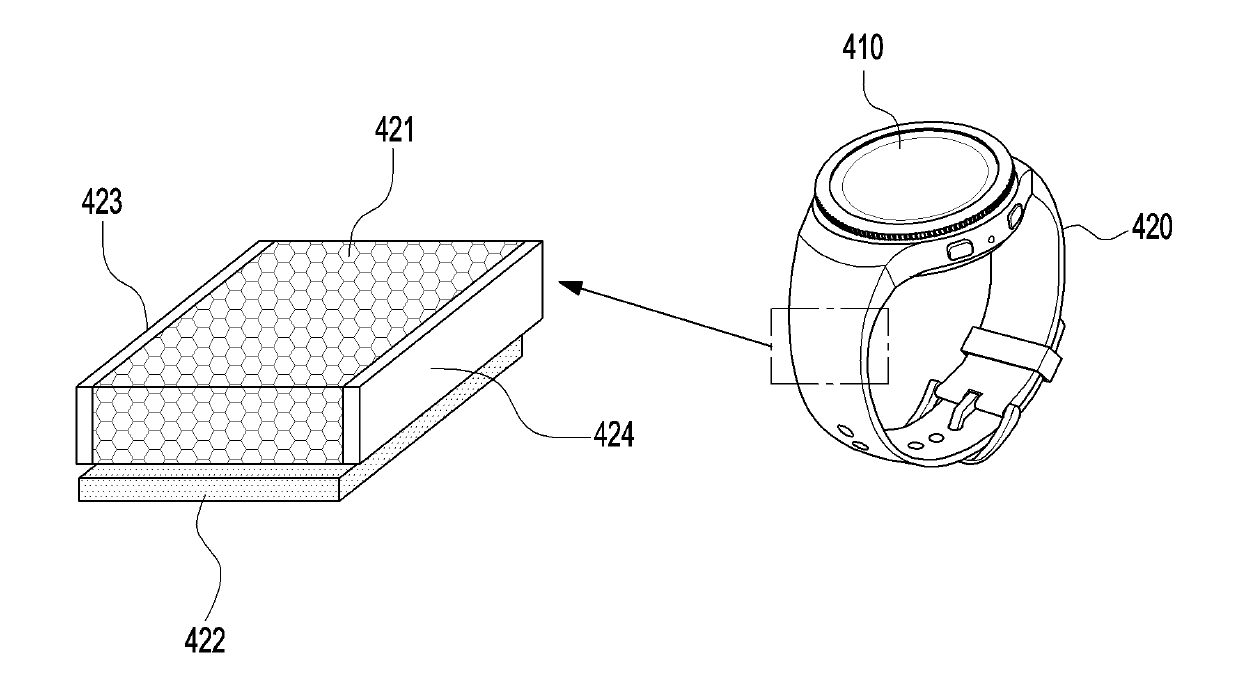Samsung Gets Independent
While unconfirmed by the company, it is said that Samsung Electronics used its FTG for the first time as a cover glass for the Galaxy Z Flip 3, with Corning supplying the base material and a well-known Korean glass processor, Econy (pvt) doing the thinning. The glass is then shipped to a plant in Vietnam where it is cut, coated, and placed on the Fold 3 and potentially other products. While no word on whether the cover glass for the Galaxy Fold 3 was FTG or the same Schott product used previously, we would expect that Samsung will continue to build out its own internal UTG supply chain for subsequent products. Given the competitive nature of the smartphone space, Samsung has little choice but to find every possible point at which it can reduce costs, and if it means bypassing a subsidiary, so be it.
CPI producers are hoping that they will be able to gain some traction as rollable devices are developed, as the more extreme cover material curvature in rollables might prove difficult for UTG but also acknowledge that Samsung’s development could have an impact on CPI volumes. They do note that yields on for UTGs are far lower than for a mature product like CPI, and that if dropped, any glass is prone to breakage.
















 RSS Feed
RSS Feed